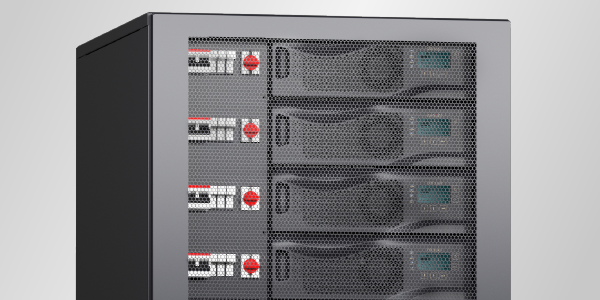
A UPS system is a device which serves as a backup when there is no power supply. UPS systems are installed in commercial and residential buildings for an uninterrupted power supply. UPS system can manage brownouts and power surges. UPS system also protects the loads from spikes during lightning and other energy resources.
The following are the basic types of UPS system that is currently in use.
On-line UPS System
This is a UPS system which suits best for running critical applications. This type of UPS systems accepts all types of frequencies of power and regulates it. It can be used for the compensation of under and overvoltage. This would prevent the damage caused to electrical and electronic appliances of your house. The primary advantage of using an online UPS system is the uninterrupted power supply, and you can achieve zero interruption with the load. This type of UPS system is used primarily for critical loads.
Off-line UPS System
This is a type of UPS system which offers power during normal operation. This is also called a standby UPS system. This UPS system can manage voltage and frequency changes by converting the DC power of the battery into AC power. You cannot use the standby UPS system for networking systems as it does not regulate the power from the source. Thus it is ideal for use in non-critical applications like office use etc.
Line-Interactive UPS: This is a system which helps in regulating the incoming power voltage. Thus only regulated power enters your system. Therefore there are fewer chances for damage to your system. This type of UPS system is mostly used in less critical home applications.
The above are some of the types of UPS system, and you can choose one based on your requirements.
Leave a Reply